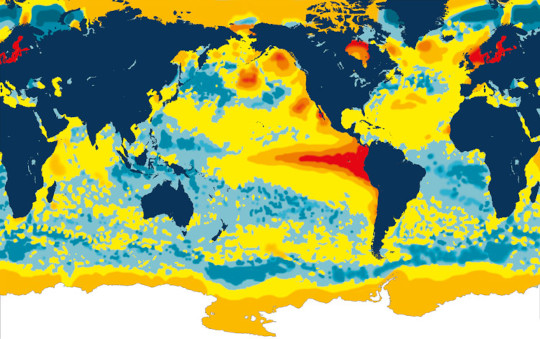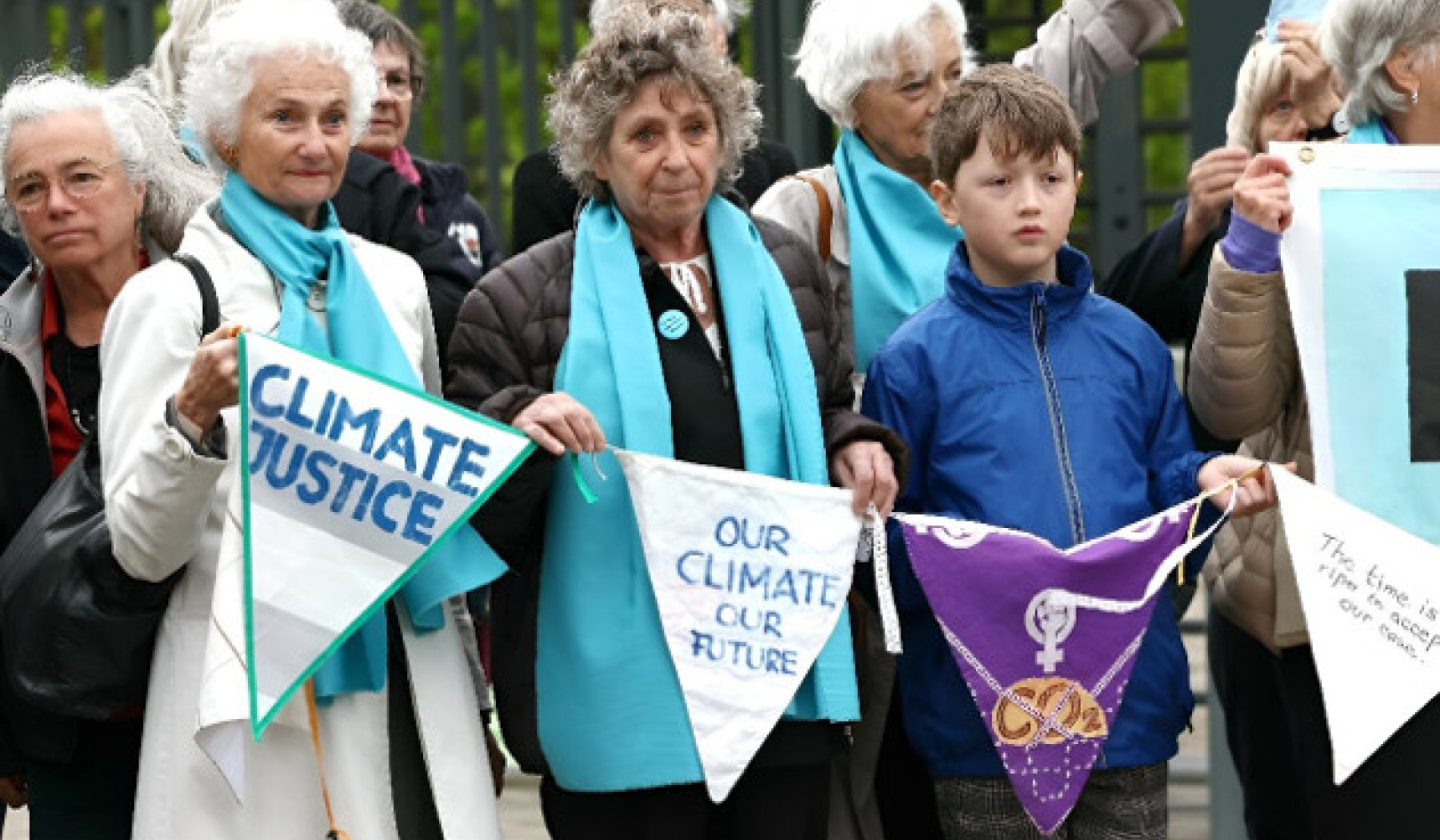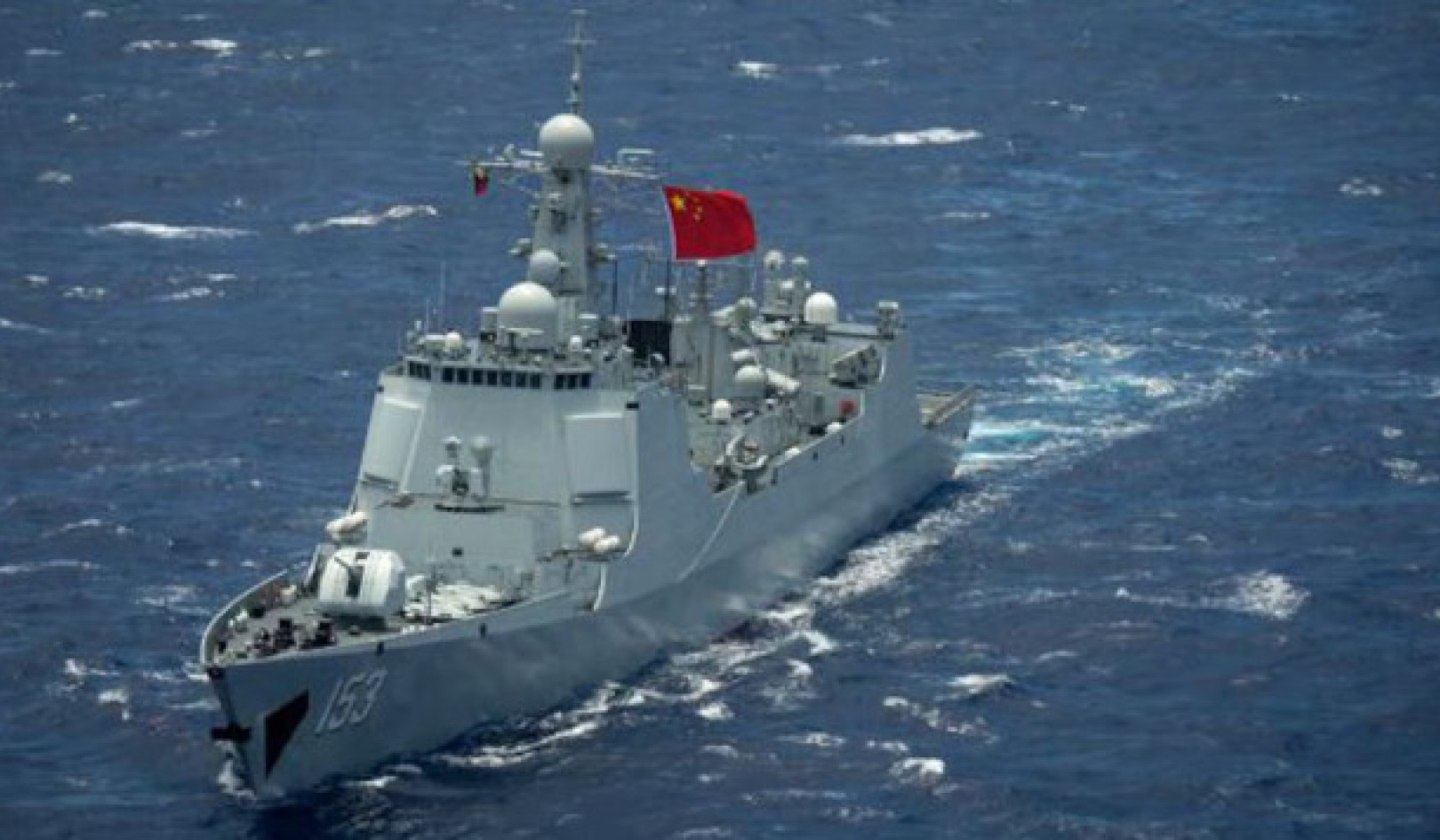
Human-caused greenhouse gas emissions mean strong El Niño and La Niña events are occurring more often, according to our new research, which provides important new evidence of the human fingerprint on Earth’s climate.
For more than 30 years, climate researchers have puzzled over the link between human-caused climate change and El Niño and La Niña events. We set out to bridge this knowledge gap.
Climate scientists have long observed a correlation between climate change impacts on our oceans and atmosphere, and the increase in greenhouse gas emissions from human activity.
Our research examined when this activity may have started to make El Niño and La Niña events more extreme. Our deep analysis found a relationship between human-caused greenhouse gas activity and changes to El Niño and La Niña.
Our findings were five years in the making. They help us understand how El Niño and La Niña will change as the world warms in the future.
What are El Niño and La Niña?
La Niña typically brings wet, cooler conditions to much of Australia. Every few years it alternates with an El Niño, which typically brings drier, hotter conditions. Together, the two phases are known as the El Niño-Southern Oscillation.
The events are driven by changes in sea-surface temperature in the tropical Pacific Ocean. During an El Niño, the surface temperature is warmer than usual. During a La Niña, it’s colder than usual.
Small changes in sea-surface temperature can lead to big changes in the atmosphere. That’s how El Niño and La Niña events can so dramatically affect weather patterns around the world.
The El Niño-Southern Oscillation is naturally occurring. But over the last 50 years or so, strong El Niño and La Niña events have occurred more often. Was climate change playing a role? Our research set out to answer this question.
Unpicking climate ‘variability’
So how might climate change affect the development of El Niño and La Niña?
Decades of observations of climate change show sea surface temperatures are warming. In many oceans across the world, including the Pacific, this has caused the sea surface to warm faster than the water below.
We set out to understand what impact this warming had on the El Niño-Southern Oscillation in the past century.
Our research analysed several simulations produced by 43 “climate models”, or computer simulations of Earth’s climate system.
First, we compared simulations from between 1901-1960 with those from 1961-2020. Most results showed an increase in the “variability” of the El Niño-Southern Oscillation since 1960.
Variability refers to a departure from the average. In this case, our results show strong El Niño and La Niña events have occurred more frequently than average since 1960. This finding is consistent with observations over the same periods.
We then examined climate simulations over hundreds of years before humans started ramping up greenhouse gas emissions, and compared these to the simulations after 1960.
This analysis showed even more clearly the very strong variability in the El Niño-Southern Oscillation after 1960. This reinforces the finding that human-caused greenhouse gas emissions are the culprit.
The strong variability has contributed to more extreme and frequent droughts, floods, heatwaves, bushfires and storms around the world.
So what’s next?
Previous research suggests the El Niño-Southern Oscillation will continue to change this century. In particular, we can expect more intense and frequent El Niño and La Niña events.
We can also expect more frequent swings from a strong El Niño to a strong La Niña the following year.
These predictions apply to various emission scenarios. Even if greenhouse gas emissions were slashed and global warming was kept to 1.5?, as per the goal of the Paris Agreement, we can expect more frequent strong El Nino events for another century. That’s because the Pacific Ocean holds a lot of heat, which will take several decades to dissipate.
Of course, variability in the El Niño-Southern Oscillation is already making itself felt. Think back to the extreme El Niño of 2015, which led to drought across much of Australia. And of course, a rare “triple” La-Nina from 2020 to 2022 led to severe flooding in eastern Australia.
An El Niño may develop later this year. As climate change worsens, we must prepare for many more of these potentially damaging climate events.![]()
About The Authors
Wenju Cai, Chief Research Scientist, Oceans and Atmosphere, CSIRO, CSIRO and Agus Santoso, Senior Research Associate, UNSW Sydney
This article is republished from The Conversation under a Creative Commons license. Read the original article.

Related Books:
The Future We Choose: Surviving the Climate Crisis
by Christiana Figueres and Tom Rivett-Carnac
The authors, who played key roles in the Paris Agreement on climate change, offer insights and strategies for addressing the climate crisis, including individual and collective action.
Click for more info or to order
The Uninhabitable Earth: Life After Warming
by David Wallace-Wells
This book explores the potential consequences of unchecked climate change, including mass extinction, food and water scarcity, and political instability.
Click for more info or to order
The Ministry for the Future: A Novel
by Kim Stanley Robinson
This novel imagines a near-future world grappling with the impacts of climate change and offers a vision for how society might transform to address the crisis.
Click for more info or to order
Under a White Sky: The Nature of the Future
by Elizabeth Kolbert
The author explores the human impact on the natural world, including climate change, and the potential for technological solutions to address environmental challenges.
Click for more info or to order
Drawdown: The Most Comprehensive Plan Ever Proposed to Reverse Global Warming
edited by Paul Hawken
This book presents a comprehensive plan for addressing climate change, including solutions from a range of sectors such as energy, agriculture, and transportation.






















